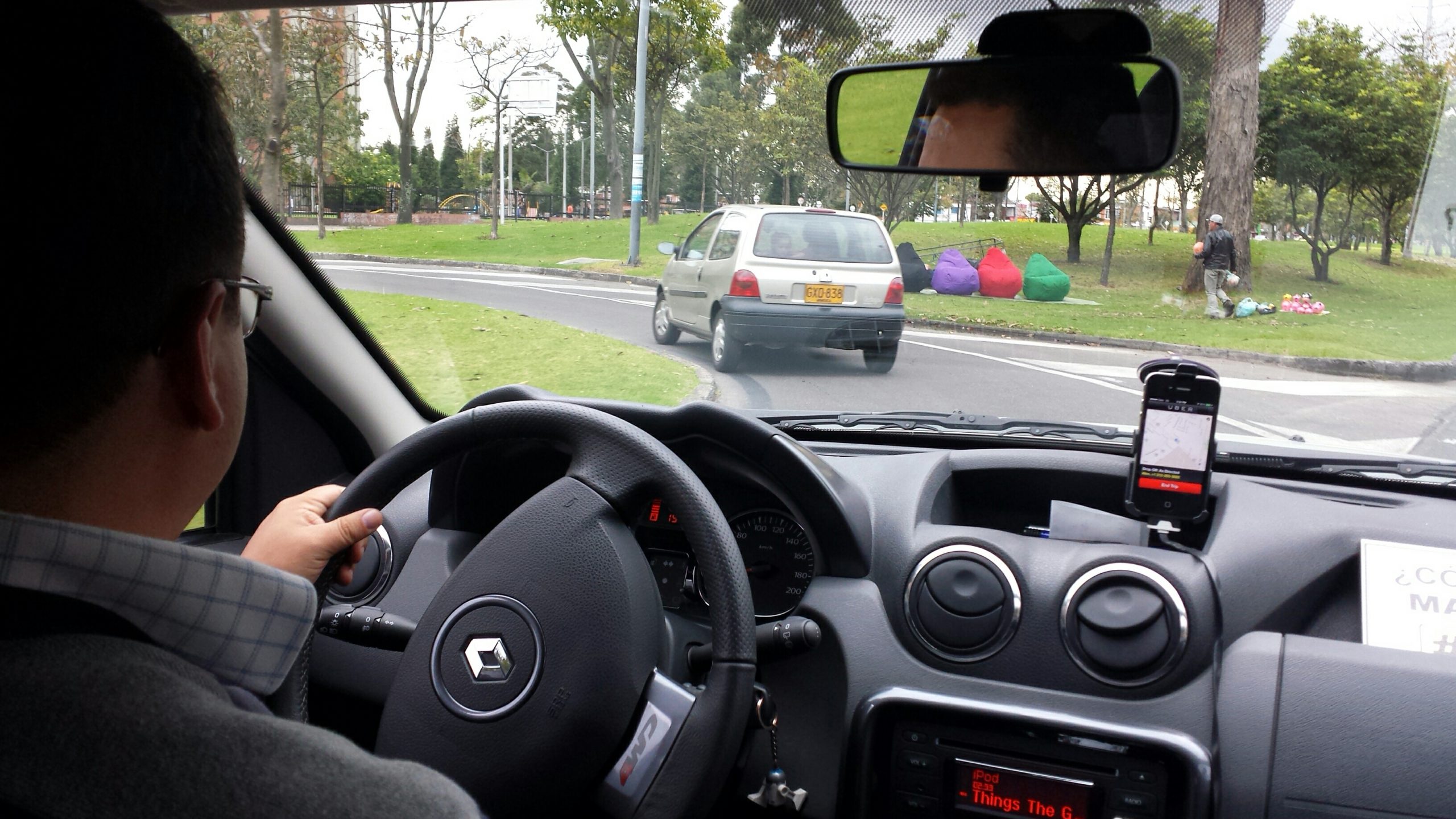GadgetWheels
After Uber’s best month yet, e-hailing set to boom
Although 2020 was tough for ride-hailing operators everywhere, with a decline of 18% in worldwide total revenue (gross bookings) across the sector, Uber’s record month in March points to a massive recovery in 2021.
This emerges from Strategy Analytics’ H1 2021 Global Ride-Hailing Market Update and its associated Global Ride-Hailing Forecast, tracking more than 140 unique operators across 119 different countries. The data is produced by Strategy Analytics’ Automotive Connected Mobility service.
The report and forecast comes on the heels of Uber’s April 12 announcement that March 2021 was the company’s best month ever in terms of total gross company-wide bookings. A rebound is clearly in sight, but the landscape remains forever changed as many operators have turned to the delivery sector as the key to long-term growth.
As the Covid-19 pandemic swept across the world in the first half of 2020, global-ride hailing companies struggled to cope, with major ride-hailing operators like Uber, Lyft, Bolt, Careem, DiDi, Free Now, Grab, Gojek, Ola, Yandex, and more announcing precipitous declines in ride volume. Major ride-hailing operators adapted with large scale layoffs, new fundraising rounds, and pandemic-related initiatives such as medical transportation, food, grocery, and parcel delivery.
The Strategy Analytics Automotive Connected Mobility (ACM) service report, “H1 2021 Global Ride-Hailing Market Update: Global Ride-Hailing Operators Navigate a Difficult Macroeconomic Environment,” estimates that global active driver counts for ride-hailing services will grow at a CAGR of 9.8% over the next 10 years, with a global market recovery expected toward the end of 2022.
“Although a rebound is clearly in sight, global operators like Uber, DiDi, Grab, Yandex and more will look a lot different moving forward as each seeks so consolidate dominant market positions while fending off regional competitors,” says Roger C. Lanctot, director of the Automotive Connected Mobility service at Strategy Analytics. “Food delivery is a focal point as it spurs the evolution toward creating all-purpose payment and finance-centric apps,” he continued.
Ben Lundin, industry analyst for the Automotive Connected Mobility service at Strategy Analytics, says: “Short-term pivots into food, grocery, pharmaceutical and parcel delivery clearly paid off, but driver supply is an issue as operators juggle historic demand for food delivery services with a simultaneous uptick in mobility demand throughout 2021 and into 2022.”



















